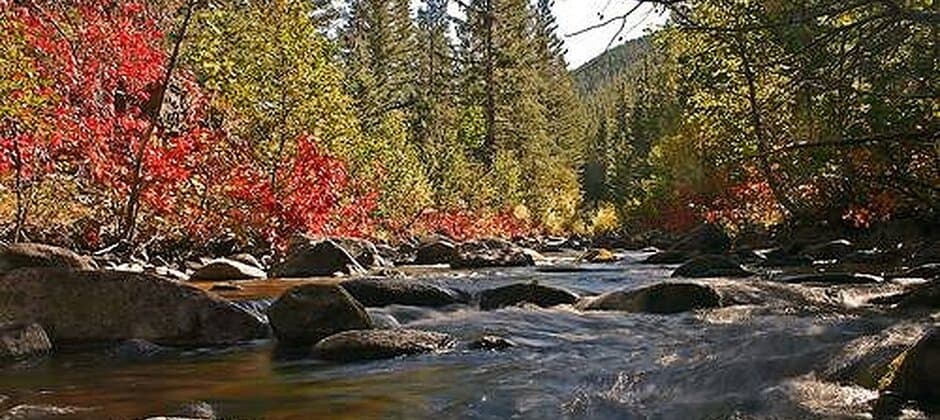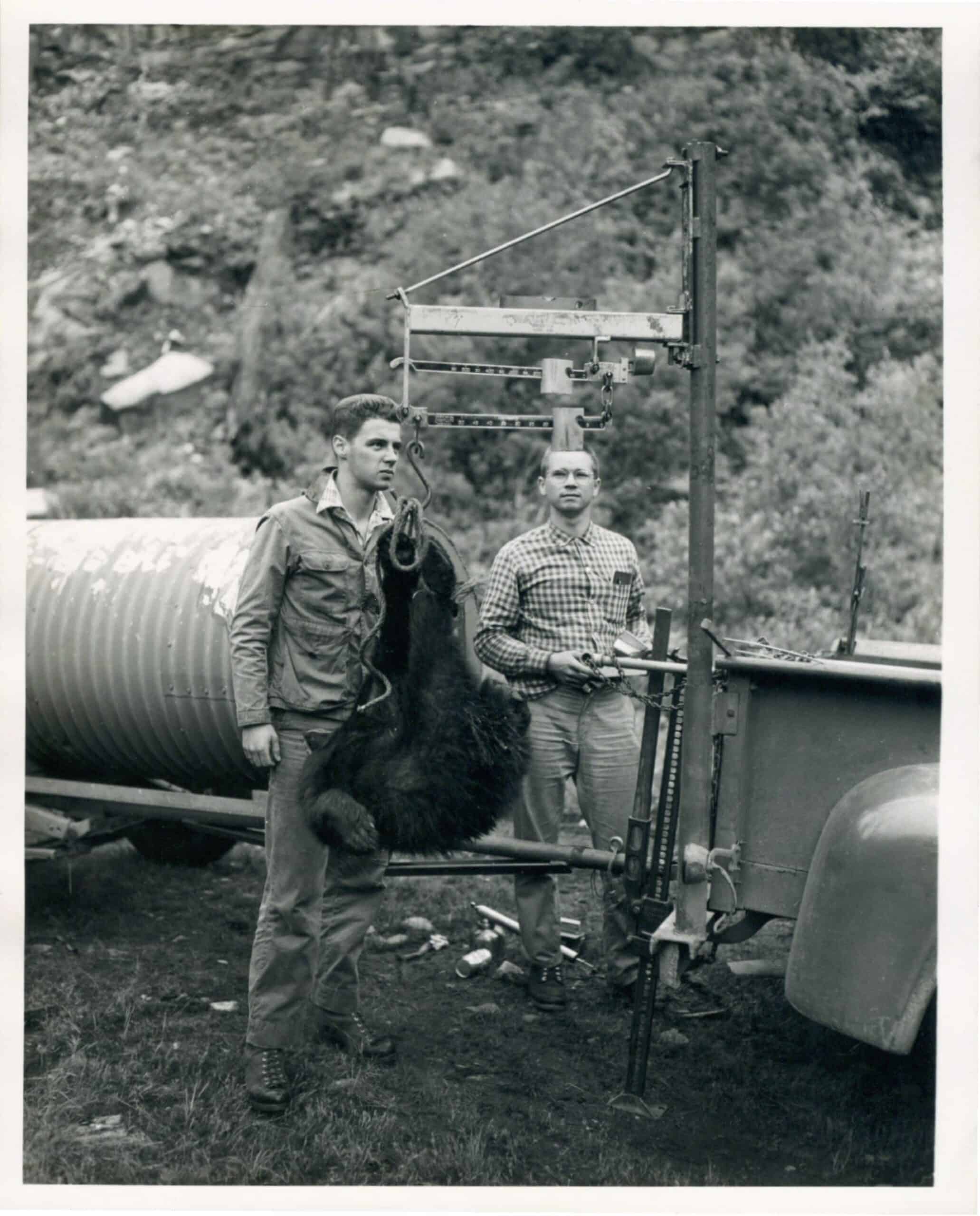Share this article
Great American Outdoors Act implementation begins — slowly
Implementation of the Great American Outdoors Act is off to a rocky start, with the administration missing a deadline to submit to Congress a list of funding for projects to be completed under the act.
The Great American Outdoors Act, signed into law in August, provides five years of funding for federal land and resource management agencies to perform deferred maintenance on federal lands, as well as dedicated, permanent funding of $900 million per year for the Land and Water Conservation Fund. The Wildlife Society has long supported both pillars of the GAOA.
The law requires the administration to submit to Congress, within 90 days of signing, two lists of its priorities for funding in Fiscal Year 202 — one list of LWCF projects and another of maintenance backlog projects. A list of 725 maintenance projects at a cost of $1.9 billion was submitted by the Nov. 2 deadline, but the Departments of the Interior and Agriculture submitted their priority lists for LWCF in early November, a week late, after some confusion regarding who was responsible for their submission.
Interior Secretary David Bernhardt repeatedly said that the president was legally responsible for submitting the list, not the Department. Congress did not share that interpretation. On Nov. 9, President Trump issued a memo instructing the Departments of the Interior and Agriculture to release the lists, which Secretary Bernhardt promptly did.
On the LWCF funding list, which included projects from both Interior and Agriculture, the departments propose allocating $540 million toward state grants, including $25 million for the U.S. Fish and Wildlife Service’s cooperative endangered species fund grants. Federal projects would receive $360 million, including $75.5 million for USFWS projects across two dozen states.
The LWCF list includes $120 million for the U.S. Forest Service’s Forest Legacy Program in the federal project portion. However, as some members of Congress and nonprofit organizations have pointed out, that is actually a state grant program. The John D. Dingell, Jr. Conservation, Management and Recreation Act (Pub. L. 116-9) requires that LWCF funding be apportioned so that no less than 40% goes to stateside grant programs and no less than 40% to federal land grants and acquisitions. Critics say the administration is trying to circumvent this provision and allocate more to states to limit federal land acquisitions. Including the Forest Legacy Program, the stateside program is proposed to receive 73% of the funding.
The maintenance backlog lists, although submitted on time, have received criticism about their lack of detail and specificity. The Senate Appropriations Committee, chaired by Sen. Richard Shelby (R-AL), noted they are “disappointed by the lack of specific bureau and project level information contained in the submissions and believes additional details regarding proposed projects are necessary for Congress to exercise its right to modify the administration’s proposal.”
The law allows lawmakers to develop “alternate allocations,” and this provision could be invoked if congressional calls for more detailed information are not answered by the administration.
A new Secretarial Order released by Interior late last week would place additional restrictions on the use of LWCF funds, including a provision that gives state and local governments the authority to block federal land acquisitions in their jurisdictions.
Header Image: The Great American Outdoors Act provides mandatory, permanent funding for the Land and Water Conservation Fund, which enabled the acquisition of the Tenderfoot Creek area on the Lewis & Clark National Forest. Credit: U.S. Forest Service








